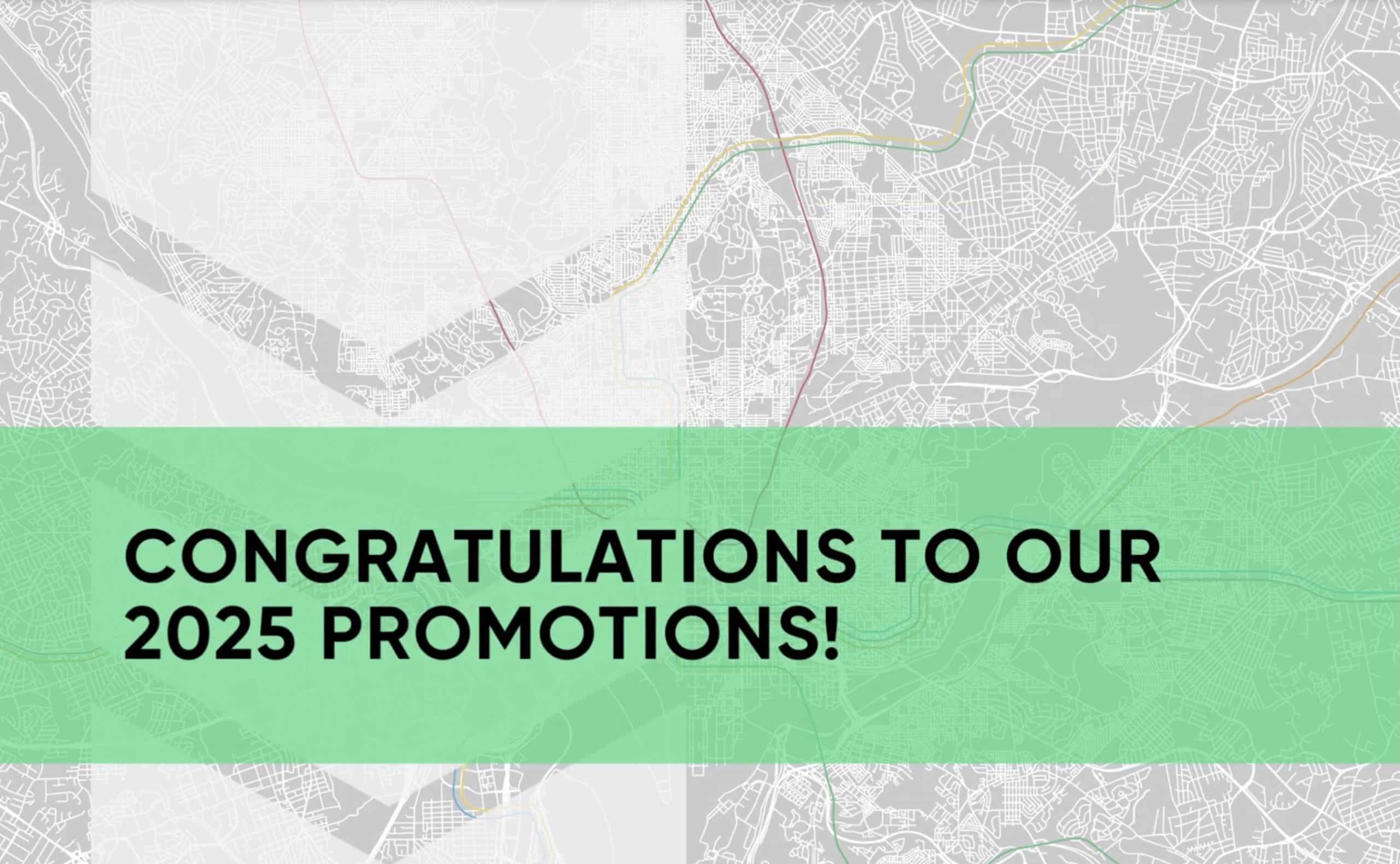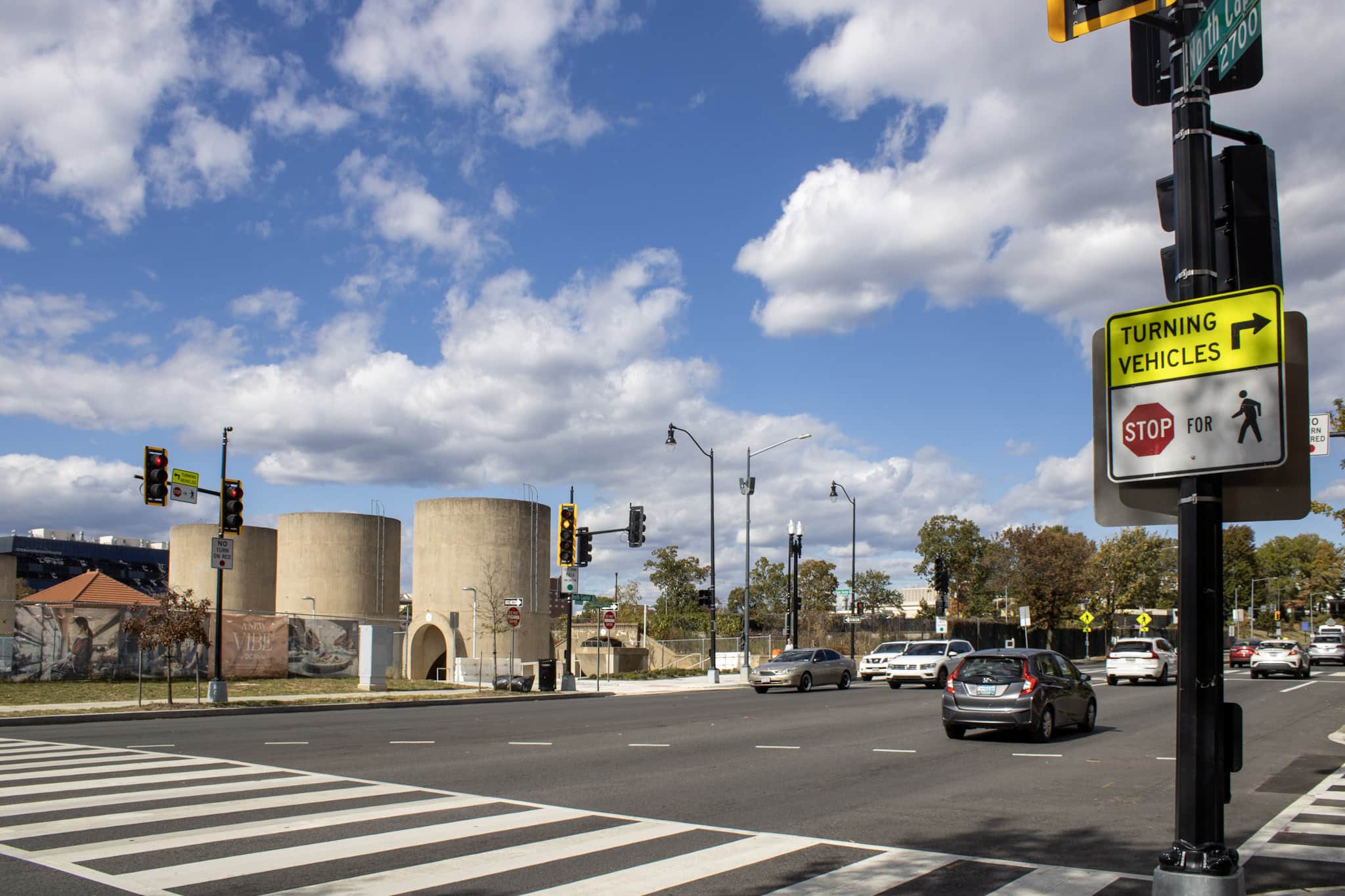
Congrats on New Promotions for 2025
We’re excited to share that several Gorove Slade have received promotions for the new year!
This results from their hard work and dedication to their teams and our company. A few others will have title changes to match their new responsibilities. These adjustments will help us align our resources with our goals and support their growth.
The employees we recognize have shown excellent skills and commitment, contributing significantly to our success. To share this news, we created a video announcement. Please take a moment to watch it and pause to learn more about each member of our team. Then scroll down to read the complete list of promotions and title changes.
Join us to congratulate our newly promoted team members and thank everyone transitioning into new roles for their contributions. We value your hard work.
Functional Title Promotions
Promotion to Principal and Shareholder
Mike Bailey
Promotion to Senior Project Manager
Omran El-Khatib
Kayla Ord
Pulkit Parikh
Sam Tignor
Promotion to Project Manager
Tracy Jones-Schoenfeld
Promotion to Senior Engineer
Anushree Goradia
Maria Ponton
Lauren Snider
Promotion to Project Engineer & Project Planner
Blake Hakiman
Portia Lartey
Erin Lin
David Robb
Sushant Tiwari
Promotion to Operations Manager
Melinda Eleazer
Promotion to Billing Manager
Josh Boyd
Promotion to Operations Specialist
Kiana Eleazer
Promotion to Marketing Coordinator
Maggie Ruble
Promotion to Administrative Coordinator
Therese Blaylock
Corporate Title Changes
Promotion to Senior Associate
Sam Tignor
Promotion to Associate
Sumedh Khair
Lauren Snider
Sreekanth Gopi
Anushree Goradia
Ashley Orr
LaRee Pallone
